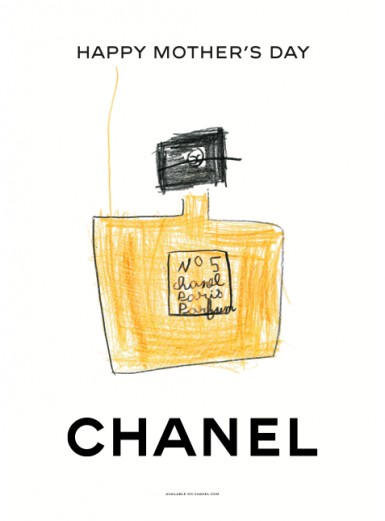Vegan Packaging Going Mainstream – The Logical Evolution
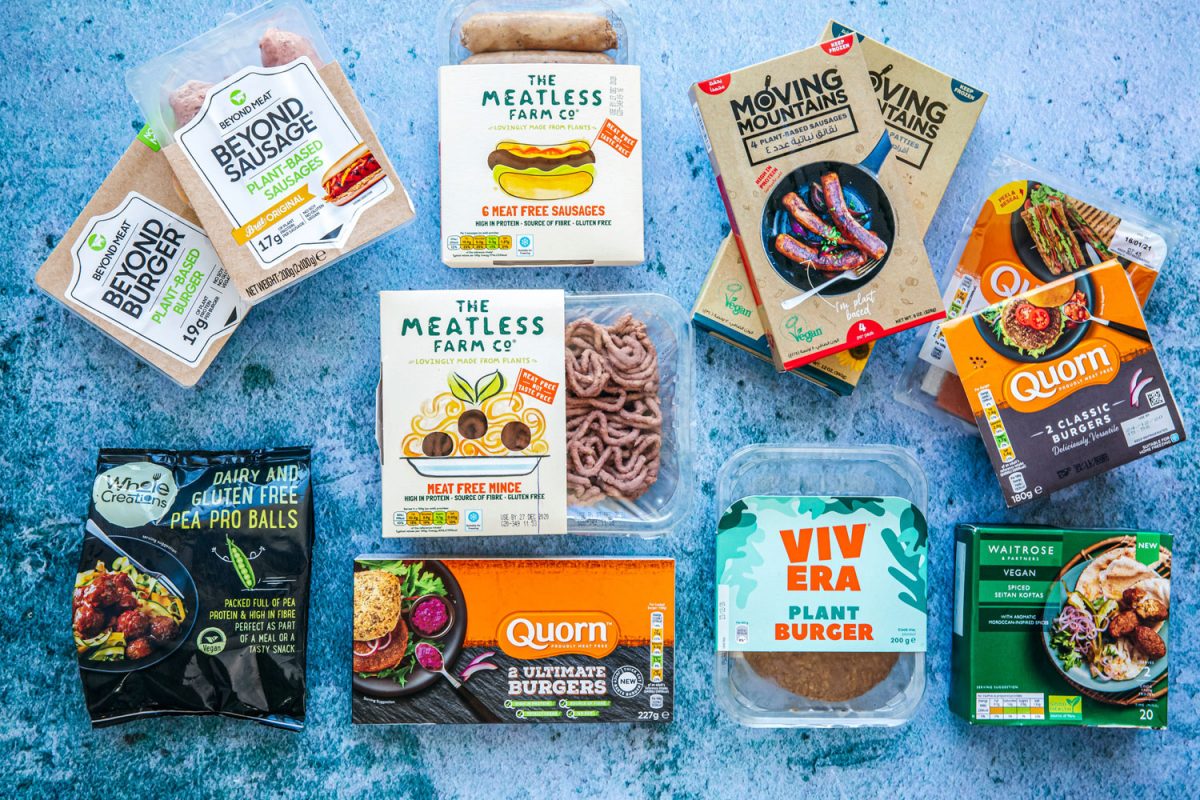
There are no signs of a slowdown in the growing demand for vegan products. It may do with the packaging going mainstream
As people become more conscious, there has been a rise in the number of vegan products entering the market. Vegan options, including pizza, pastries and burgers, have even made their way into fast-food restaurants.
The market is expected to expand by 11.9% by 2027, according to analysts.
Think about the reasons people are becoming vegan.
The welfare of animals is becoming more of a priority for the younger generations. About 72 billion animals are killed annually for food and clothing, and animal agriculture is a major contributor to rising methane levels and deforestation.
The harmful effects of factory-farmed meat on the earth cannot be denied, yet there is significant debate as to whether or not being vegan is the only solution. As a result, many people are rethinking the amount of meat they eat or even switching to a plant-based diet altogether. The term “vegan” has seen a 700% increase in searches on Google during the last four years.
However, the demands of the vegan market have increased as more and more products have entered the marketplace. In an extremely competitive market, designers must find ways to set their brands apart while making them easily identifiable as vegan. A broadening but detectable vegan brand has arisen as a result of efforts to strike a good middle ground between the two arguments.
Vivid labelling
Some of the most popular vegan brands, including dairy alternatives, meat replacements, etc., all have one thing in common: eye-catching packaging.
Most of these new companies are quite tiny, meaning they have a limited budget for advertising and will likely only be seen by customers after they set foot in a shop. Because there are so many vegan options today, and they’re all yelling at customers from the aisles, packaging needs to work extra to stand apart.
The packaging for the widely-known plant-based company Oatly is a perfect case in point. The firm’s rebranding team, which included the Swedish design consultants Forsman & Bodenfors, chose Oatly’s packaging as the “main media channel and an advertising space in itself” for the business.
Graphic straplines like “Wow, No Cow!” “It’s like milk, but made for humans” and “Post-milk generation” adorn the cartons of Oatly, along with short, comedic statements addressing the company’s work and environmental aim.

The clever and frequently ironic packaging design of Oatly directly challenges the “preachy vegan” stigma. Oatly has taken a mainstream brand approach while retaining its challenger outlook.
Closer home Shaka Harry has taken a similar route. Conscious, brave, and vibrant — these qualities embody the sustainable, forward-thinking ethos of the company. The concept’s name, tone, and visuals all contribute to its strength.

Leaving behind the typical vegan palette
Brands need to go outside the vegan community if they want to break into the mainstream. Many people are doing this in many ways, one of which is to stop using vegan graphic language completely.
Many modern businesses no longer present themselves as natural or rustic by using earthy tones like green and brown.
Meatless Farms, a meat replacement product, branded itself by embracing meaty imagery rather than only avoiding negative connotations. It showed the product typically seen in real meat instances. The style was chosen to evoke associations with its typical competition, in the minds of the target audience.
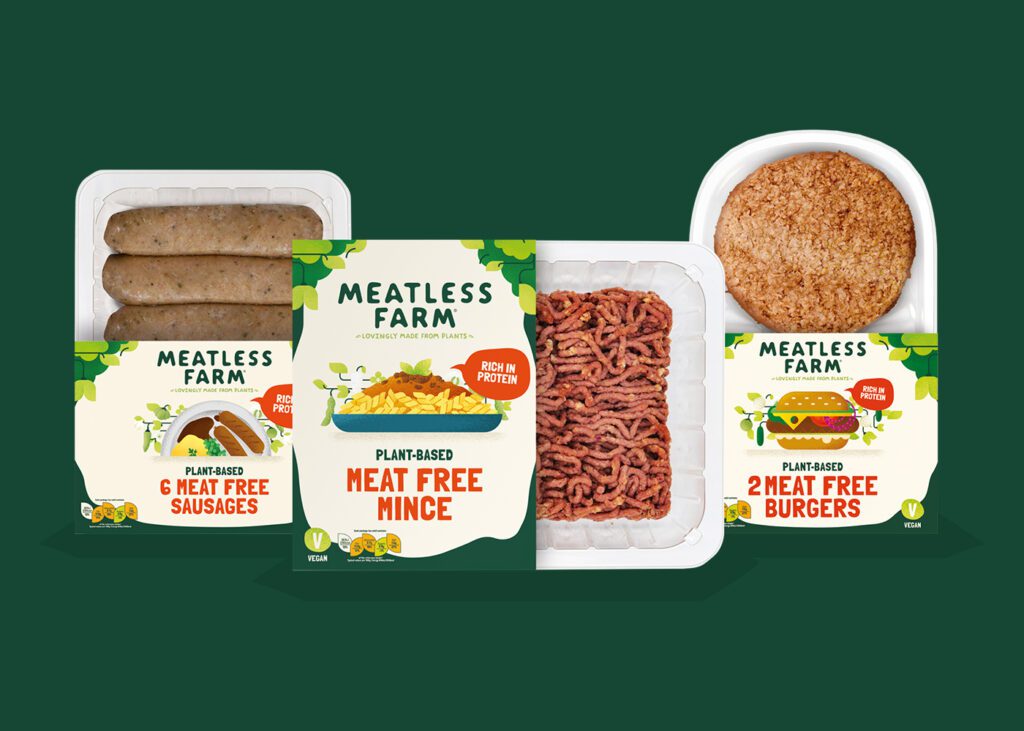
The brand itself appears tasty as opposed to ethically or ecologically oriented. Due to potential biases among customers, the company opted against using vegetarian or vegan images.
The realization is that not all vegetarians and vegans are concerned with nutrition in addition to not eating meat. The design mirrors this, with the slogan “Epic veggie-eating for free-range humans” avoiding any reference to vegetarianism or veganism altogether.
Appeal to all
Designs that appeal to the “lifestyle shopper” are important since many individuals now consider themselves “flexitarians.” Brands may avoid offending anyone by avoiding the negative connotations often associated with veganism.
The health-conscious flexitarian audience also needs to hear that they don’t have to sacrifice their fun-loving lifestyle.
It’s crucial to reach out to those who don’t eat meat or dairy but yet maintain a connection with “lifestyle shoppers” (those who purchase based on values such as “pleasure, taste, and enjoyment”).
It’s also crucial to stress to buyers how simple it is to use your product in the kitchen. The most effective strategies to rapidly attract customers and tempt them with the ease of your plant-based food are a strapline, cooking time, and serving advice on the front of the box.
One product whose packaging prominently reflects these top criteria for flexitarian customers is Marks & Spencer’s Plant Kitchen. The artwork on the package gently depicts what seems to be a nice, healthy, and familiar pizza etc. The description further emphasizes the product’s convenience by implying that it comes pre-scrambled and seasoned.
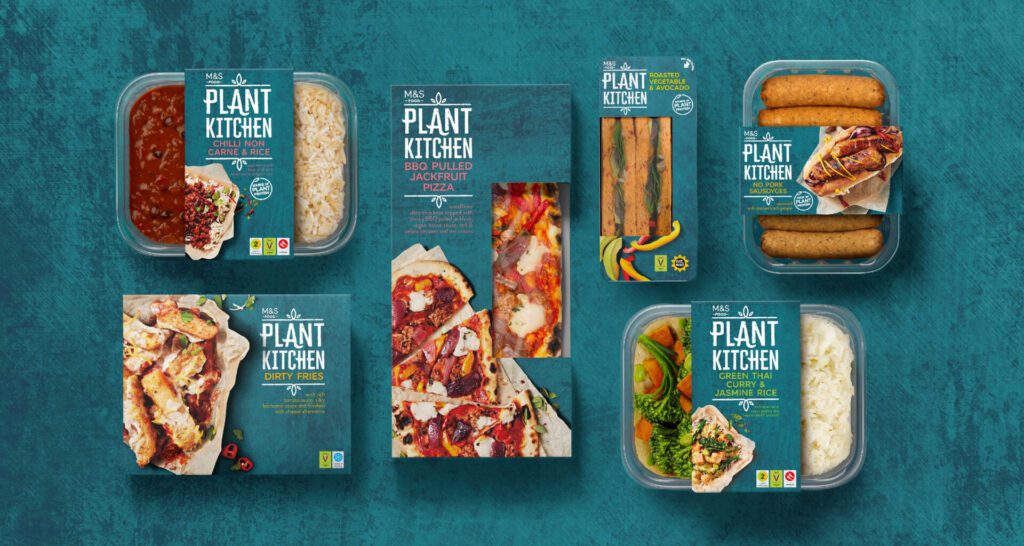
In India, Good Dot does a great job too. This is for flexitarians who wish to cut down on their meat intake. The brand decided to steer clear of the “preachy” rhetoric often associated with the vegan and free-from food sector in an effort to approach meat eaters who are interested in cutting down rather than quitting.
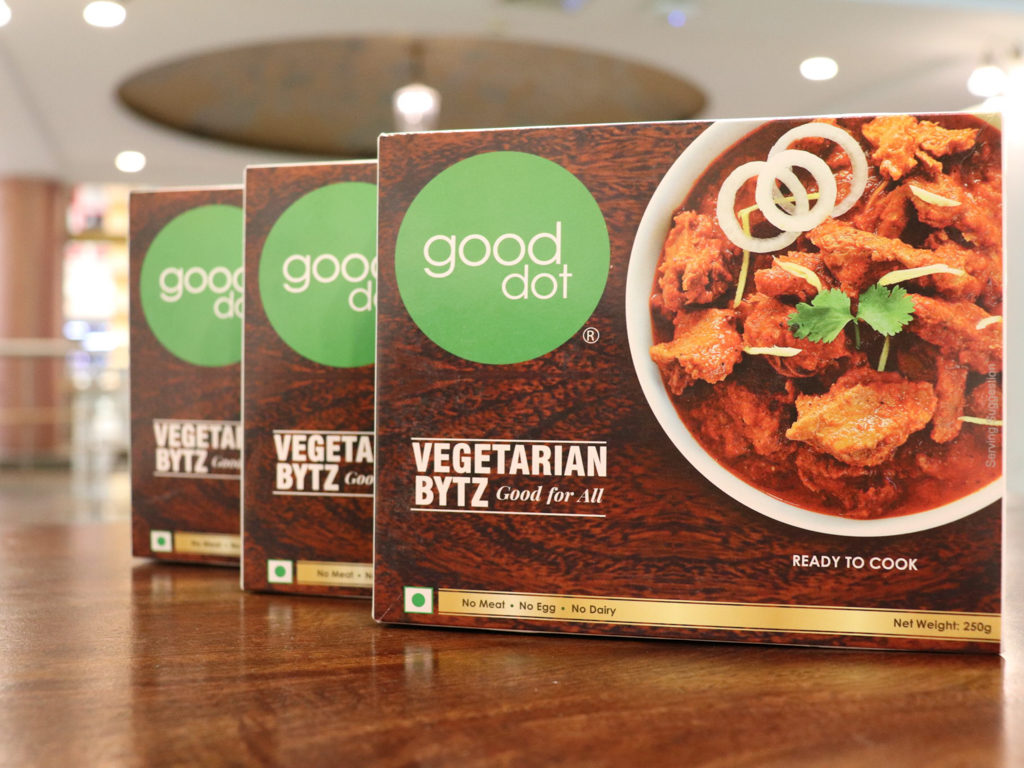
This revision of priorities recognizes plant-based foods as legitimate goods in their own right. The result is a more easily accessible brand.
The firms don’t want to cater to a certain subset of consumers; rather, they want to reach the widest possible demographic.
Thinking beyond the box
The best vegan product designs consider more than just how they will sell in stores.
You want your product to be Instagrammable, just like anything else. With over 84.5 million #vegan posts and another 17 million #veganfood posts on Instagram, it’s worth the effort to stand out.
Bringing awareness to a larger environmental concern may accomplish the same goal. Customers want to feel good about supporting a moral company. It’s beneficial to target consumers that care about environmental issues by using materials that were produced responsibly.
Consumers nowadays are considerably more knowledgeable than in the past. Products should be safe for the environment, last a long time, look good, and be full of life and energy.


